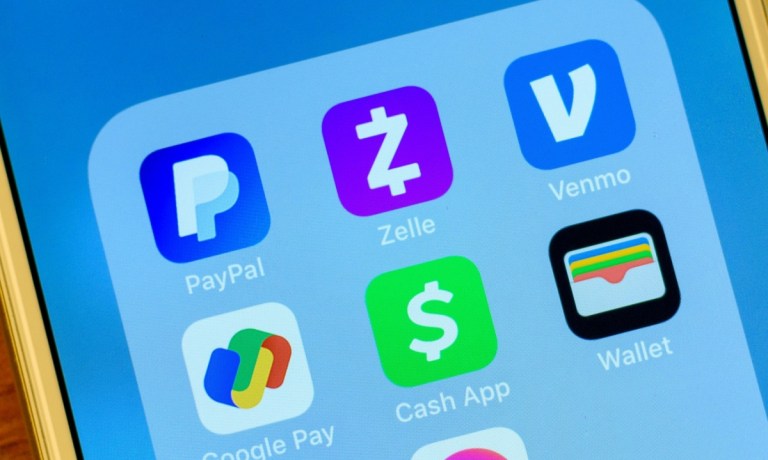
Consumers are turning to peer-to-peer (P2P) apps like Venmo and Zelle for quick and easy money transfers. But while these services have become ubiquitous, concerns about fraud are casting a shadow over their growth.
A recent PYMNTS Intelligence report, “P2P Payment Potential: Promoting Convenience While Protecting Consumers,” in collaboration with The Clearing House, illuminates the growing significance of P2P payments and explores how these platforms balance convenience with consumer protection.
The rise of P2P payment apps has transformed how consumers manage their finances. Initially dominated by FinTech players like Venmo and Zelle, the landscape is evolving.
With 51% of Americans using P2P regularly, consumers are increasingly expecting their primary financial institutions to offer P2P capabilities. The appeal is clear: convenience, speed, and the added security of dealing with a trusted financial partner. As competition intensifies, banks that fail to provide P2P services risk losing customers to FinTech disruptors.
Despite their popularity, P2P platforms grapple with a persistent challenge: fraud.
Impostor scams, in which criminals impersonate friends or family to deceive victims, have become more sophisticated. The report estimates that Americans lost more than $2 billion to impostor scams last year, with many of these attacks occurring through P2P payment channels.
The irreversible nature of many P2P transactions exacerbates the problem, as victims often find it difficult to recover lost funds. This has led to a growing distrust of P2P services, hindering wider adoption, particularly among older demographics. The report highlights that 28% of P2P payment users say they have been scammed, with Generation Z and millennials being the most vulnerable.
To restore consumer confidence and drive P2P growth, financial institutions must prioritize robust fraud prevention measures.
Advanced technologies like artificial intelligence (AI) and machine learning (ML) are essential tools in this battle. By analyzing vast amounts of transaction data in real time, these systems can identify suspicious patterns and thwart fraudulent attempts. AI can help banks stay ahead of evolving threats by continuously adapting to new fraud tactics.
The report finds that 71% of FIs now use AI and ML to fend off fraudsters. Cloud-based fraud detection systems are showing promise, with 79% of FIs leveraging such platforms reporting confidence in their abilities to secure real-time payments. Successful P2P platforms will be those that can effectively balance user experience with ironclad security.
As the popularity of P2P payment apps like Venmo and Zelle grows, consumer expectations are shifting toward banks providing similar seamless services. The rise in fraud and sophisticated impostor scams poses a challenge.
To counter these threats and restore trust, financial institutions must invest in advanced technologies such as AI and ML for effective fraud prevention. Balancing convenience with strong security measures will be crucial for the success of P2P platforms.